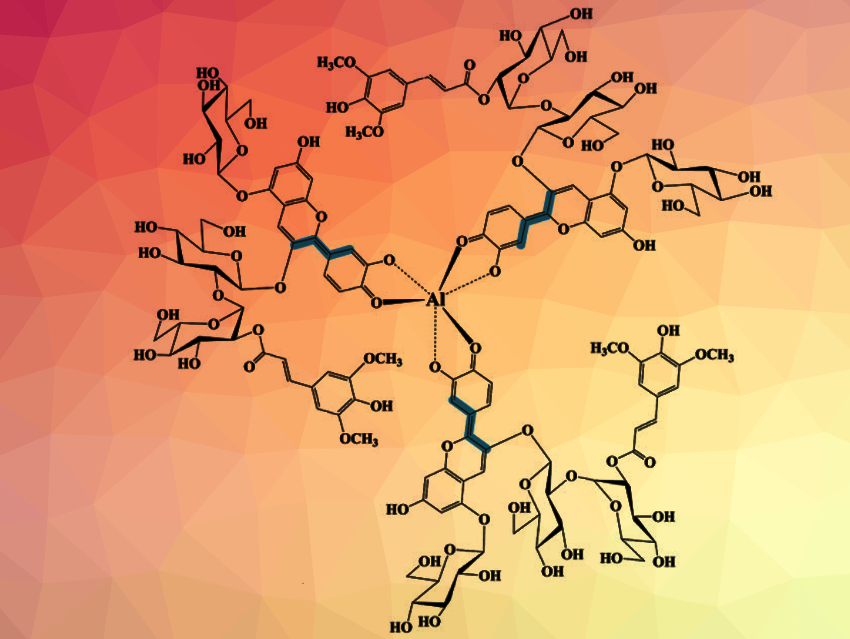Kumi Yoshida, Nagoya University, Japan, Justin B. Siegel, University of California, Davis, CA, USA, Rebecca J. Robbins, Mars Wrigley Global Innovation Center, Chicago, IL, USA, and colleagues have discovered a natural brilliant blue coloring obtained from red cabbage that could be an alternative to synthetic blue food colorings such as the widely used FD&C Blue No. 1.
Anthocyanins extracted from red cabbage are a widely used source of natural food colorings, particularly reds and purples. For about a decade, researchers have been working to isolate a blue anthocyanin from red cabbage. But the natural blue coloring is present only in tiny amounts.
The researchers screened public libraries of millions of enzymes for candidates that could convert anthocyanins in cabbage into the blue color compound. The researchers tested a small number in the lab. Based on these results, they used computational methods to search through a huge number of potential protein sequences to design an enzyme that would accomplish the conversion with high efficiency.
Using this enzyme, they were able to convert anthocyanin blue from a tiny fraction of red cabbage extract into a primary product. Combining techniques from analytical chemistry, food science, biochemistry, synthetic biology, color science, and computational chemistry, the team not only found this new blue coloring but characterized it, and defined a path to production for the naturally sourced cyan blue colorant whose color properties are nearly identical to those of the industry standard brilliant blue FCF. The researchers founded the startup PeakB to develop the technology for commercial applications. Enzymatic conversions are widely used in food production, for example in the manufacture of cheese.
- Discovery of a natural cyan blue: A unique food-sourced anthocyanin could replace synthetic brilliant blue,
Pamela R. Denish, Julie-Anne Fenger, Randall Powers, Gregory T. Sigurdson, Luca Grisanti, Kathryn G. Guggenheim, Sara Laporte, Julia Li, Tadao Kondo, Alessandra Magistrato, Mícheál P. Moloney, Mary Riley, Mariami Rusishvili, Neda Ahmadiani, Stefano Baroni, Olivier Dangles, Monica Giusti, Thomas M. Collins, John Didzbalis, Kumi Yoshida, Justin B. Siegel, Rebecca J. Robbins,
Science Advances 2021.
https://doi.org/10.1126/sciadv.abe7871




